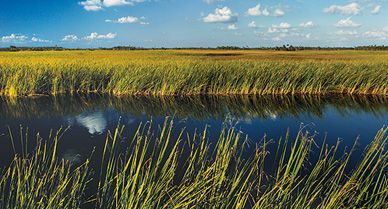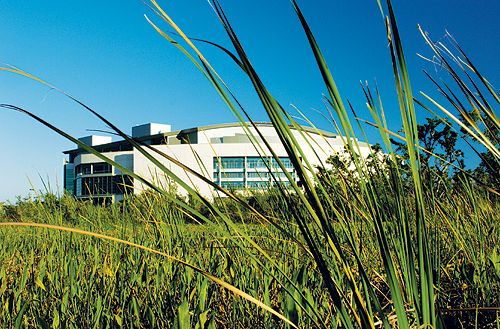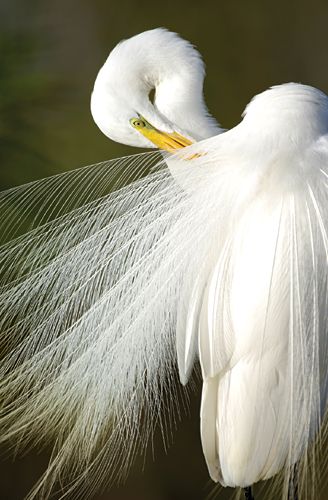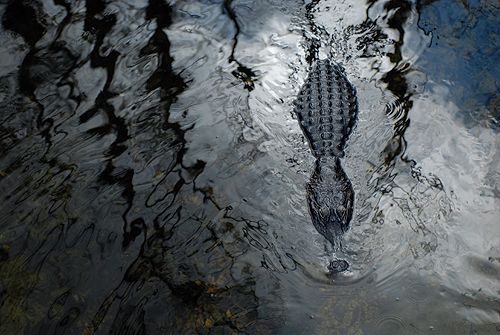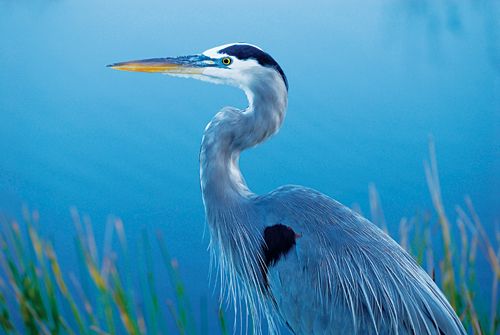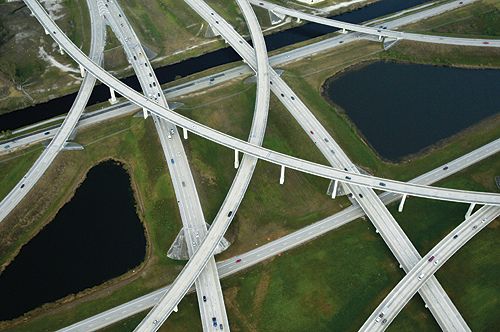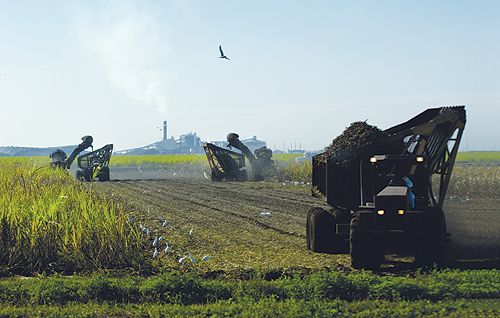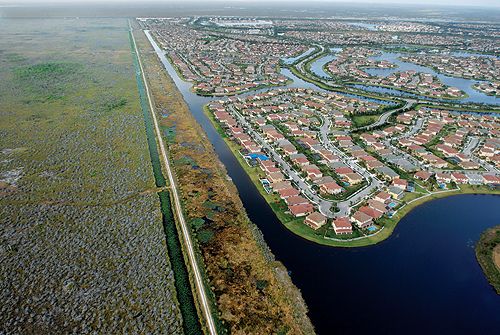Everglades
The nation’s storied wetland is the focus of the world’s largest environmental restoration project. But will that be enough?
Today, just about everyone agrees that the Everglades is a national treasure. It's the focus of the largest environmental restoration project ever attempted. It's also a World Heritage Site, an International Biosphere Reserve, the most famous wetland on earth. It's a cultural icon, featured in Carl Hiaasen novels, Spider-man comics, country songs and the opening credits of "CSI: Miami," as well as the popular postcards of its shovel-faced alligators and spindly legged wading birds. It's the ecological equivalent of motherhood and apple pie; when a presidential aide on NBC-TV's "The West Wing" was asked the most popular thing the president could do for the environment, he replied, "Save the Everglades."
But there was once an equally broad national consensus that the Everglades was a worthless morass, an enemy of civilization, an obstacle to progress. An 1848 government report deemed it "suitable only for the haunt of noxious vermin, or the resort of pestilential reptiles." Explorers described it as a muddy, mushy, inhospitable expanse of razor-edged saw grass in shallow water—too wet to farm, too dry to sail, too unpredictable to settle. Americans believed it was their duty and destiny to drain this "God-forsaken" swamp, to "reclaim" it from mosquitoes and rattlesnakes, to "improve" it into a subtropical paradise of bountiful crops and booming communities. "Draining the swamp" came to mean solving a festering problem, and converting wetlands into productive lands was considered the essence of conservation. Hadn't God instructed man to subdue the earth and take dominion over all the living creatures that moveth upon it?
In the Everglades, man would learn the limits of that dominion. He would recognize the cost of his abuses against nature, and he would finally begin to try to make amends.
Abstract of an article by Michael Grunwald
